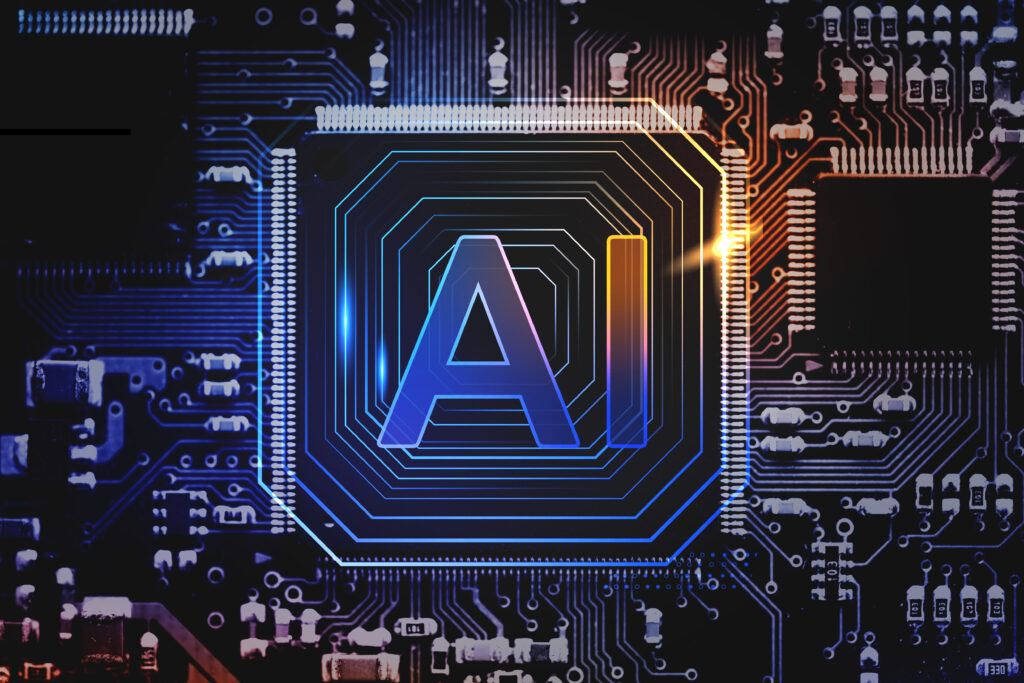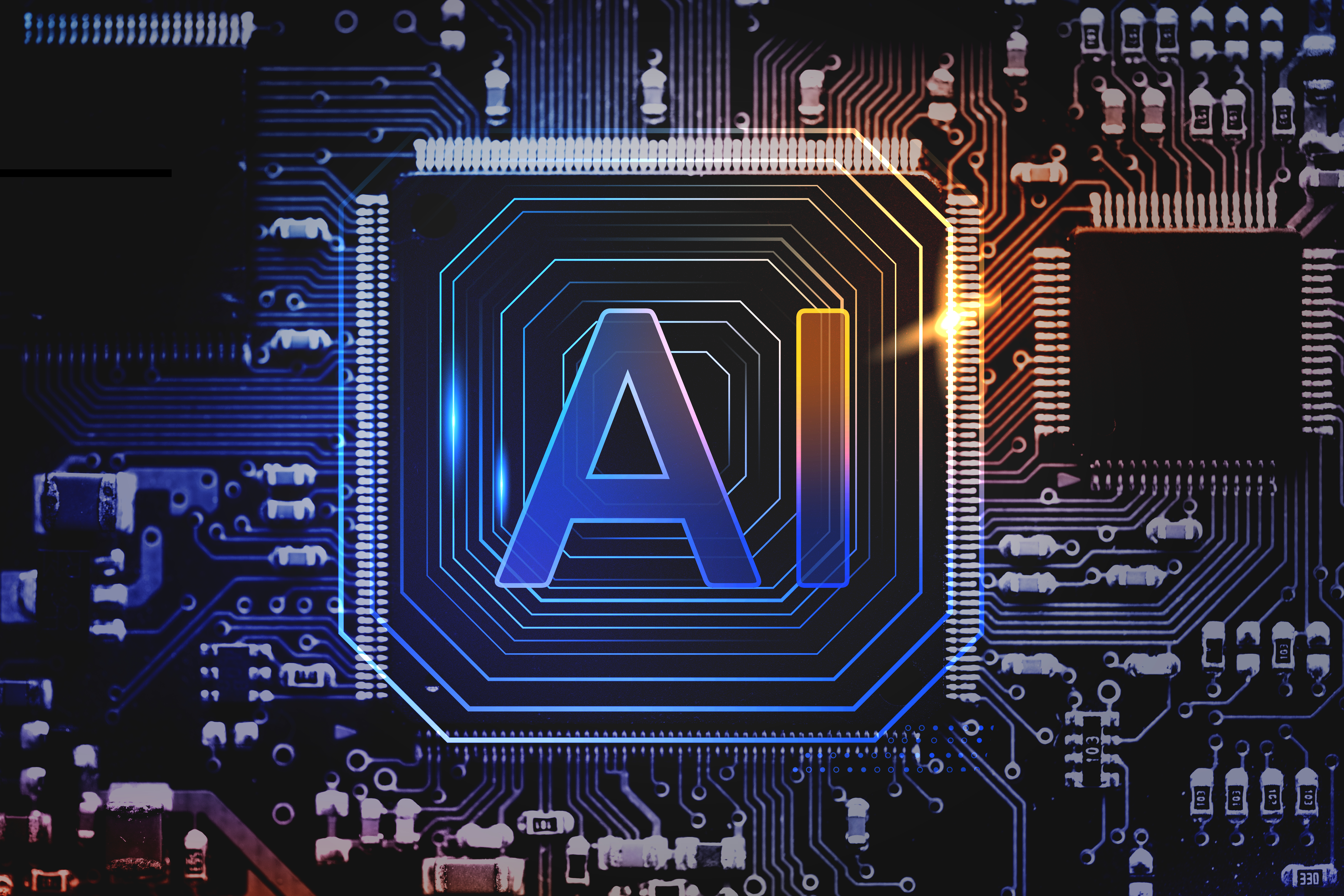In recent years, artificial intelligence (AI) has made significant advancements, giving rise to various subfields that explore different aspects of intelligent systems. One such subfield is Generative AI, which focuses on the creation of new and original content using machine learning algorithms. In this article, we will delve into the concept of Generative AI, its applications, and the potential it holds for revolutionizing various industries.

Explaining Generative AI:
Generative Artificial Intelligence refers to a branch of AI that focuses on the generation of new content, whether it be images, music, text, or other forms of creative output. Unlike traditional AI systems that primarily focus on data analysis and prediction, Generative AI aims to mimic human creativity by learning patterns from existing data and generating new content that exhibits similar characteristics.
How Generative AI Works:
Generative Artificial Intelligence utilizes advanced machine learning techniques, such as deep learning and neural networks, to model the underlying patterns in a dataset. These models learn the statistical distribution of the training data and then generate new content by sampling from that learned distribution. Generative models can be trained on various types of data, ranging from images and text to music and even videos.
Applications of Generative Artificial Intelligence :
Generative Artificial Intelligence has a wide range of applications across different industries, including:
a. Creative Industries: Generative Artificial Intelligence can be used in art, music, and design to generate new and innovative content. Artists and designers can leverage generative models to explore new styles, create unique compositions, and push the boundaries of traditional creativity.
b. Content Generation: Generative Artificial Intelligence can automate the creation of content for marketing, advertising, and entertainment purposes. It can generate personalized product descriptions, social media posts, and even generate entire articles or stories.
c. Virtual Environments: Generative Artificial Intelligence plays a significant role in creating realistic virtual environments for video games, simulations, and virtual reality experiences. It can generate realistic landscapes, characters, and even procedural narratives that adapt to user interactions.
d. Healthcare and Medicine: Generative Artificial Intelligence can assist in drug discovery, medical imaging, and personalized treatment plans. It can generate synthetic medical images for training and validation purposes or help researchers identify new drug candidates.
e. Data Augmentation: Generative Artificial Intelligence can be used to augment datasets, creating additional training examples to improve the performance of machine learning models. It can generate synthetic data points that reflect the underlying distribution of the original dataset.
Challenges and Ethical Considerations:
While Generative Artificial Intelligence offers immense potential, it also raises ethical considerations and challenges. These include:
a. Intellectual Property: As generative models learn from existing data, there are concerns regarding copyright infringement and intellectual property rights when generating new content that resembles existing works.
b. Bias and Fairness: Generative Artificial Intelligence models can inadvertently amplify biases present in the training data. Care must be taken to ensure fairness and avoid generating content that reinforces discriminatory patterns.
c. Authenticity and Misuse: Generative Artificial Intelligence can be used to create deep-fakes and manipulated content, raising concerns about misinformation, privacy, and trust in digital media.
The Future of Generative AI:
Generative Artificial Intelligence is an evolving field with exciting possibilities for the future. As technology advances, we can expect more sophisticated generative models capable of creating highly realistic and immersive content. With continued research and responsible development, Generative AI has the potential to revolutionize industries, foster creativity, and enhance human-machine interactions.
Conclusion:
Generative Artificial Intelligence represents a significant leap forward in the field of artificial intelligence, enabling machines to generate new and original content. From creative industries to healthcare and beyond, Generative AI has the potential to transform various sectors by automating content creation, enhancing personalized experiences, and driving business innovation. The ability of generative AI to create new content and push the boundaries of creativity opens up a world of possibilities for artists, designers, marketers, and researchers.
Related Articles:
1. What is ChatGPT, DALL-E, and generative AI?
2. The importance of teaching generative AI
3. How Generative AI Is Changing Creative Work




